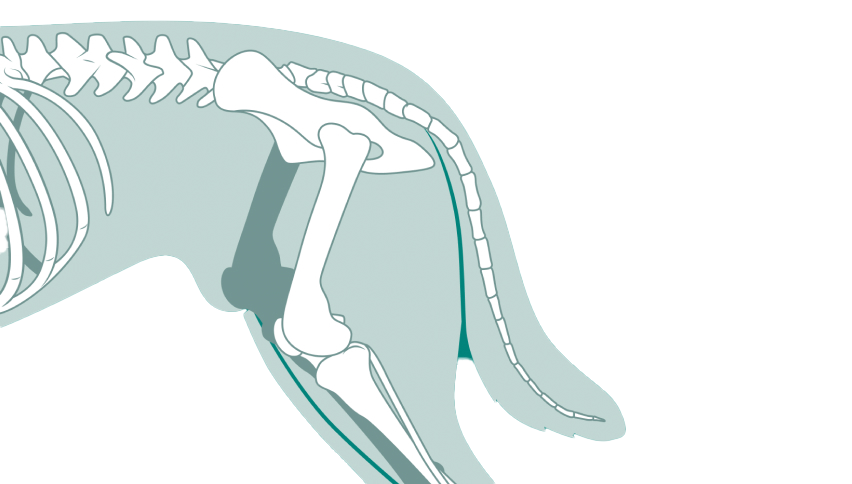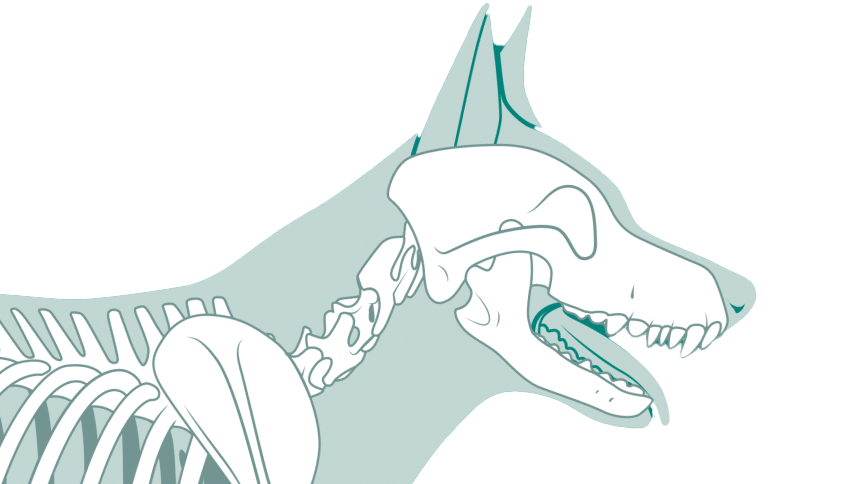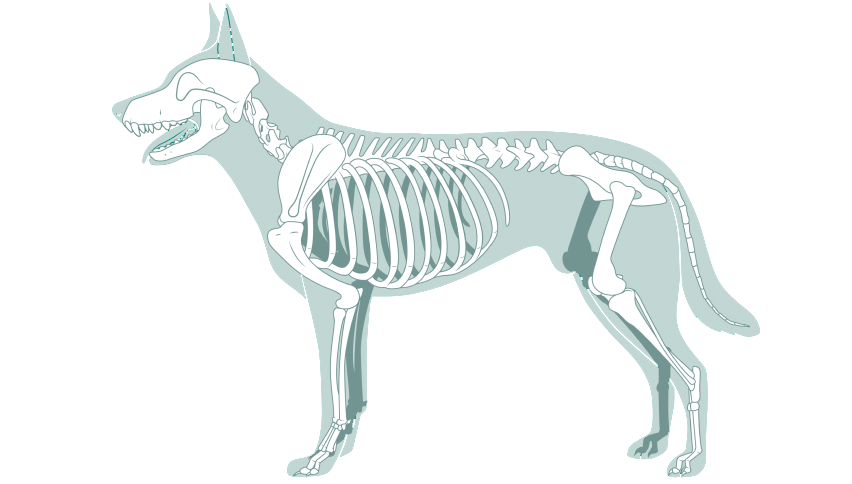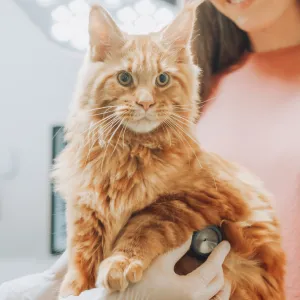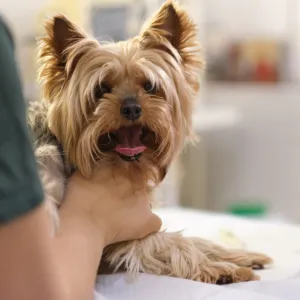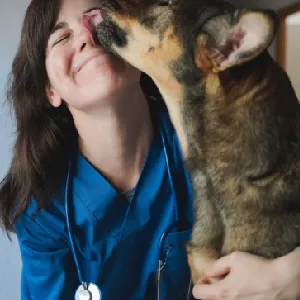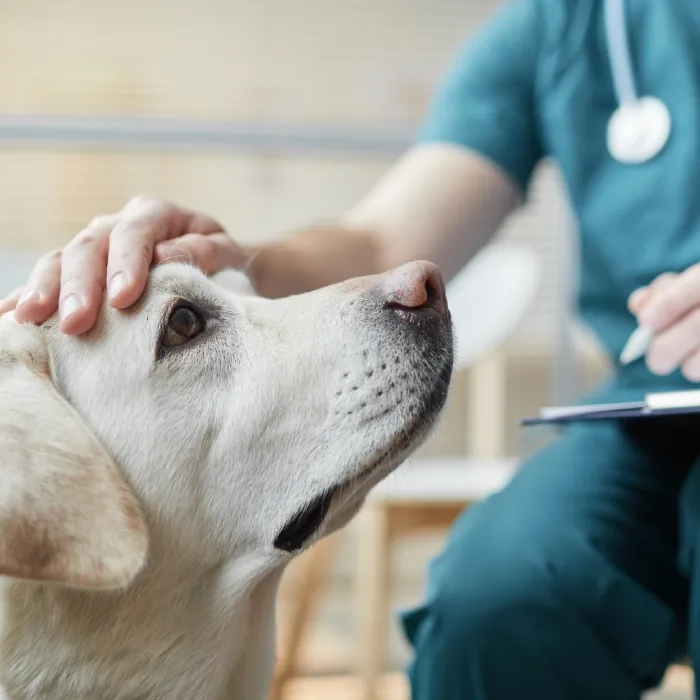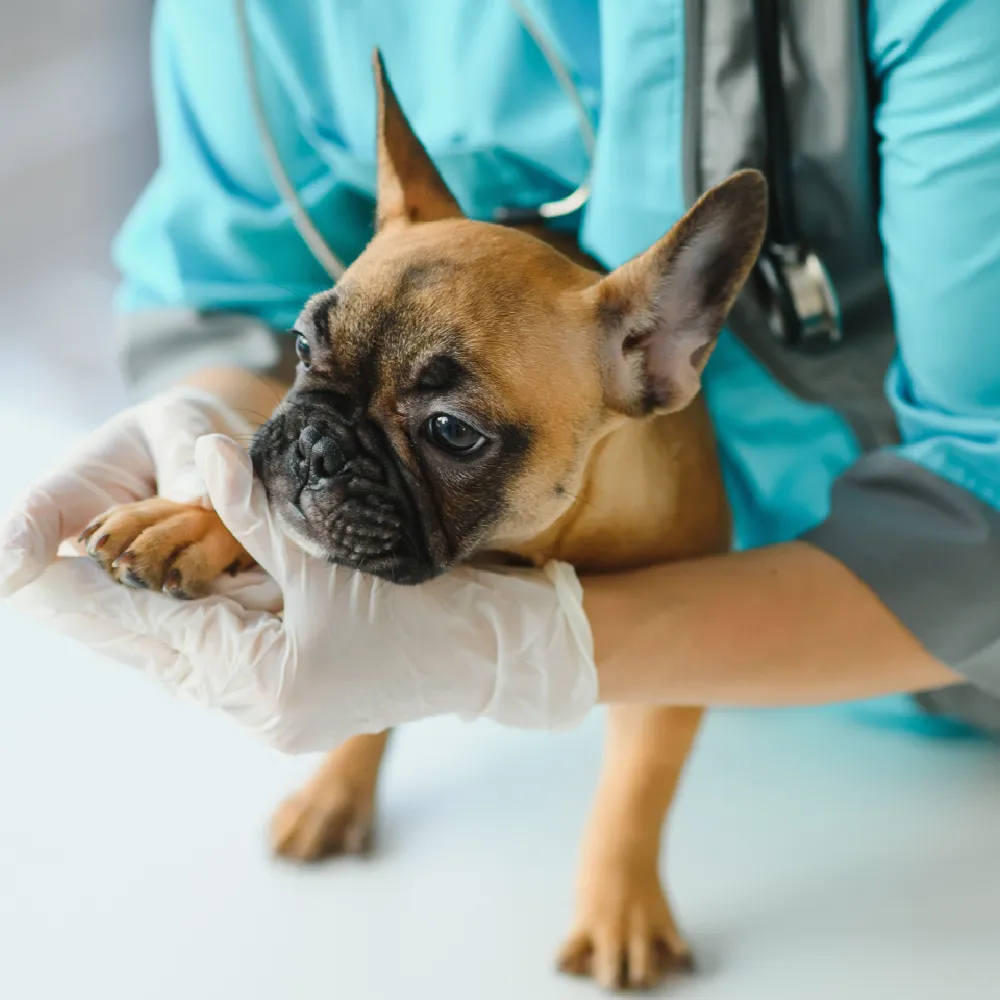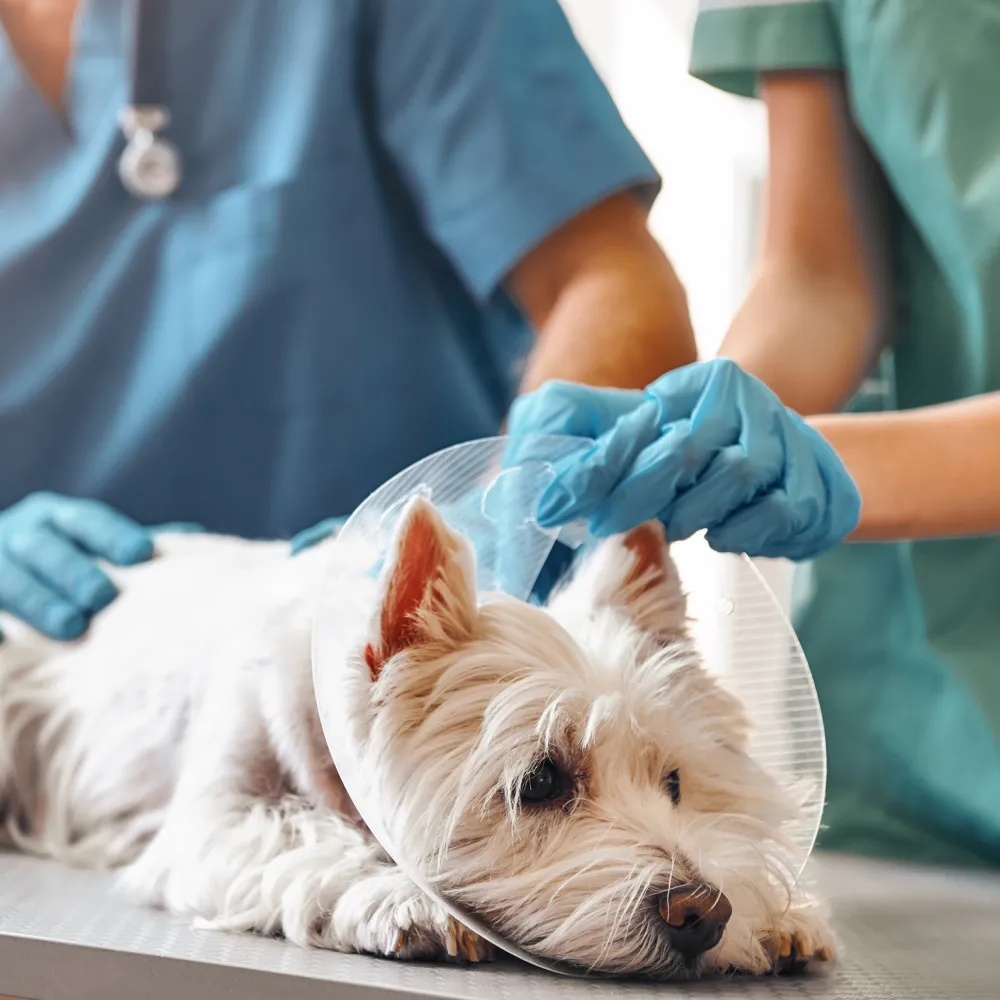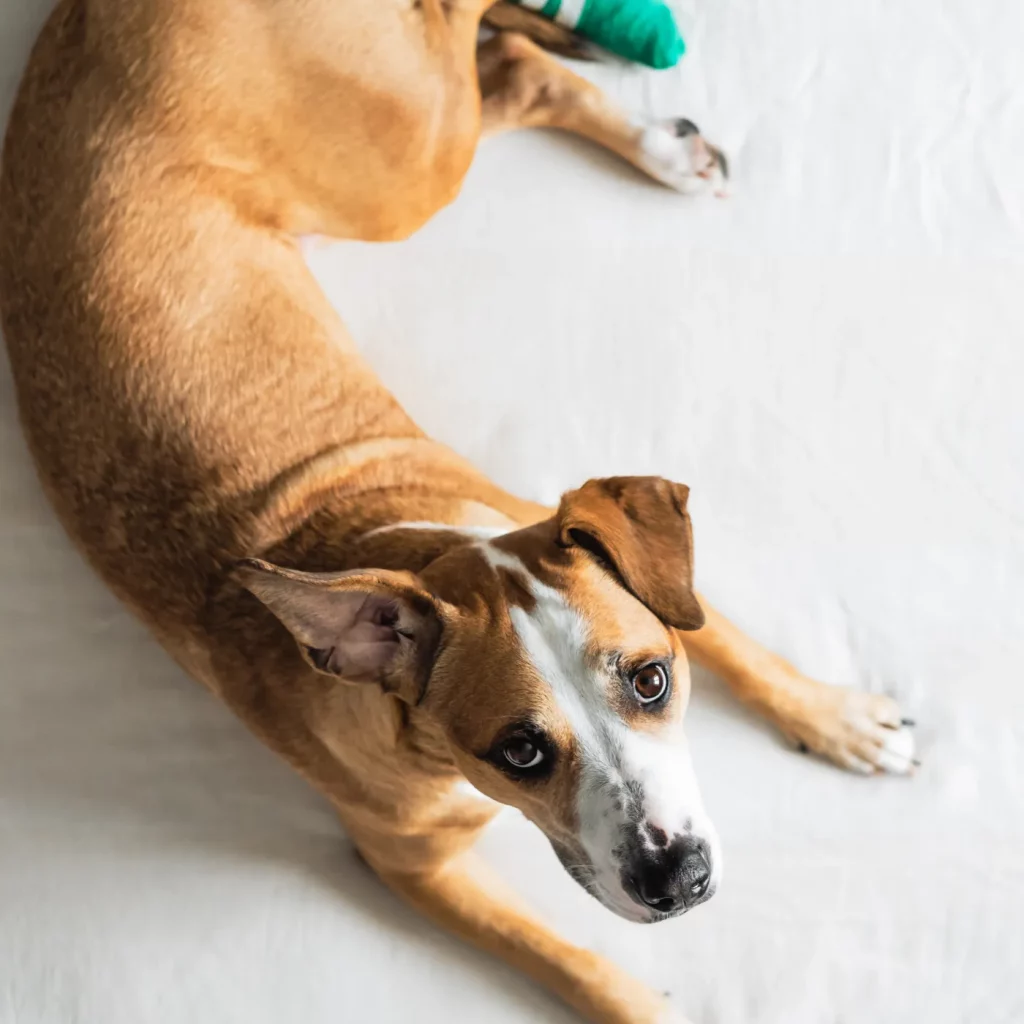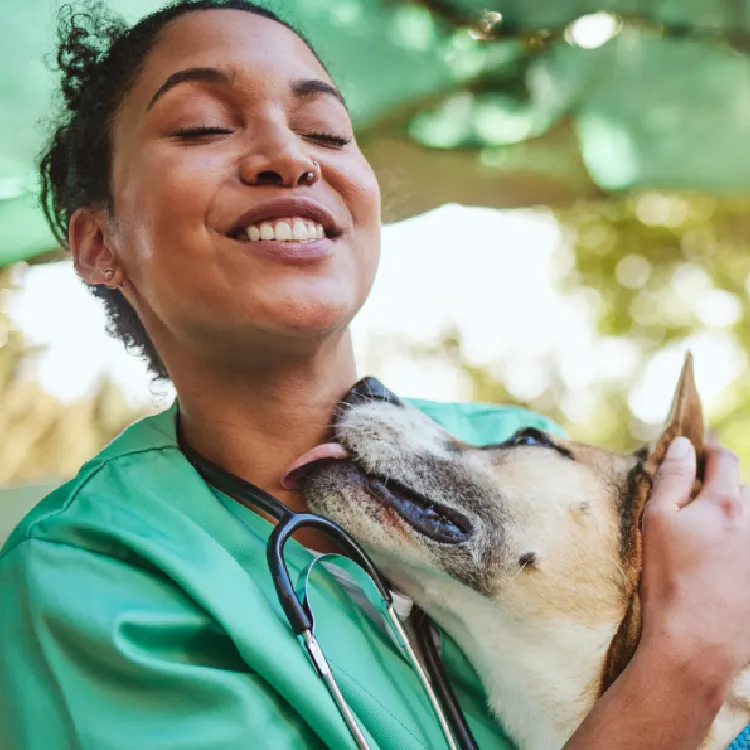Extracapsular Lateral Suture Stabilization (ECSS) is a widely used surgical method to address cranial cruciate ligament (CCL) ruptures in dogs. The technique involves placing a strong synthetic suture material outside the knee joint to stabilize it, imitating the function of the damaged ligament. The goal is to provide temporary stabilization while the body forms scar tissue around the knee, ultimately providing long-term joint stability.
The surgery begins with an incision near the knee joint, where the surgeon locates specific bony landmarks. A synthetic suture is then threaded around these landmarks and tightened to stabilize the joint. The suture acts as an artificial ligament, preventing excessive movement and allowing the joint to heal. Over time, the dog’s body produces scar tissue around the knee, further stabilizing the joint.
ECSS is particularly suitable for small to medium-sized dogs, older dogs, or less active pets. It is also an option for dogs whose owners prefer a less invasive surgical procedure compared to options like TPLO. The decision to use ECSS is based on the dog’s size, activity level, age, and overall health. For many dogs, ECSS provides excellent results, improving their quality of life and reducing pain.
After confirming a CCL rupture through clinical examination and diagnostic imaging, the veterinarian will discuss the ECSS procedure with the pet owner. Pre-surgical assessments, including blood tests and sometimes additional imaging, ensure the dog is fit for surgery. Post-operative care involves strict activity restriction to allow healing, followed by a gradual increase in exercise. Physical therapy and regular follow-up visits are crucial to monitor the dog’s progress and ensure successful recovery.
Some text
Other info
More info again.
I have a video
Frequently asked questions
Fusce pharetra odio sapien. Nullam et ante nibh. Pellentesque habitant morbi tristique senectus et netus et malesuada fames ac turpis egestas.
Our areas of expertise
Transforming the way orthopedic care is delivered
For Vets
Refer your patients to our specialists using our streamlined online portal.
Referral portalFor Pets
Request a consultation or prepare for surgery with us and experience expert compassionate care every step of the way.
Request a consultation



